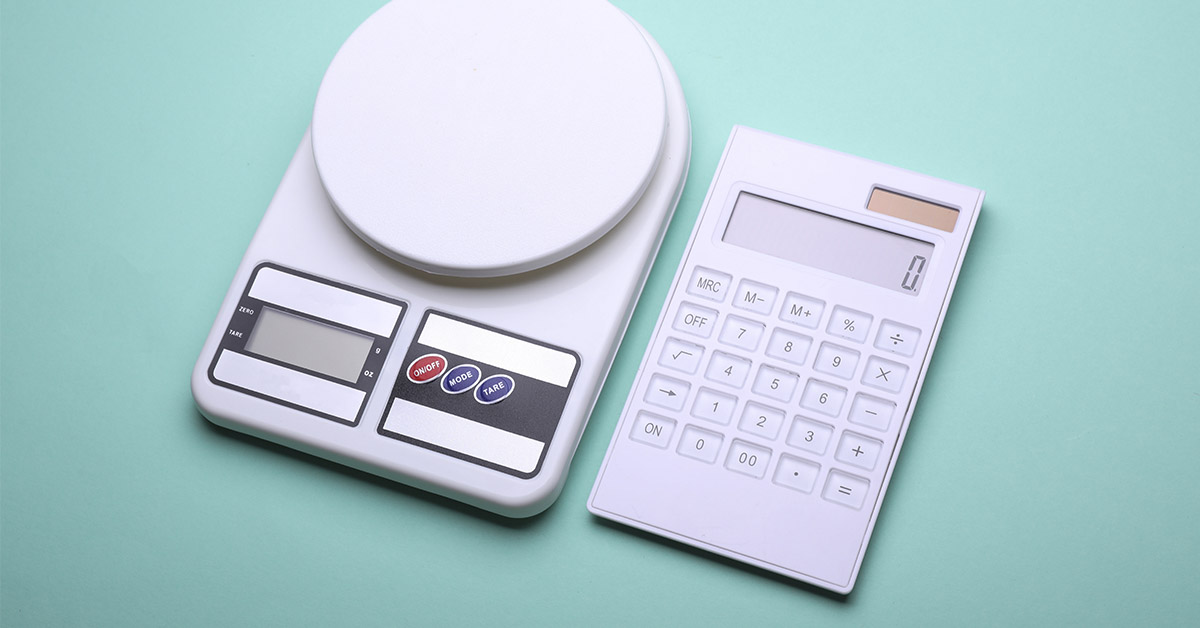For many people, the concept of protein intake is often associated with bodybuilders and athletes. However, protein plays a role in so much more than just muscle development. In fact, a high-protein diet is also required for a consistent energy supply, regulating mood, and balancing blood sugar levels. It also plays an important role in immune function, skin health, and hormone production. But what are the recommended daily requirements, and how do we achieve them? According to one nutritionist, we should be aiming for around 100 grams of protein every day.
Getting Your Daily Protein Requirements
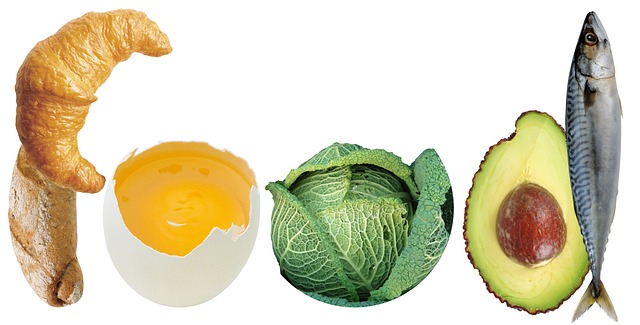
Not only does protein help maintain muscle mass, but it also makes you feel full for longer and supports healthy metabolic function. One nutritionist claims that if you are an active person, you should aim for 100 grams to boost energy levels and promote recovery after a workout session. However, you should not be exclusively relying on protein shakes to achieve this goal. It is important that you adopt a high-protein diet consisting of whole foods. You should also aim to include these whole foods in every meal you eat during the day. According to nutritionist Emily English, “it is about weaving
real, satisfying sources of protein into your meals throughout the day in a natural and
enjoyable way.”
Read More: 10 ‘High-Protein’ Foods That Aren’t Actually As Protein-Packed As You Think
Begin Your Day with a High-Protein Breakfast
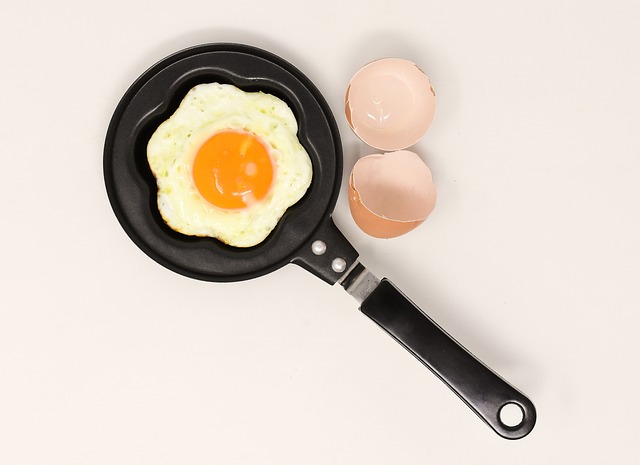
It’s essential that you start your day with a breakfast that is rich in fiber and protein. The nutritionist recommends a breakfast consisting of scrambled eggs on whole-grain toast with a side of Greek yogurt. This delicious breakfast option will provide you with around 25 to 30 grams of protein. If you are in a rush in the morning, it’s important that you don’t completely miss out on breakfast. If you are limited for time, make a quick protein shake to ensure that you aren’t running on an empty tank throughout the morning. For an extra boost, mix the powder with some peanut butter and almond milk.
Follow Up with a Mid-Morning Snack
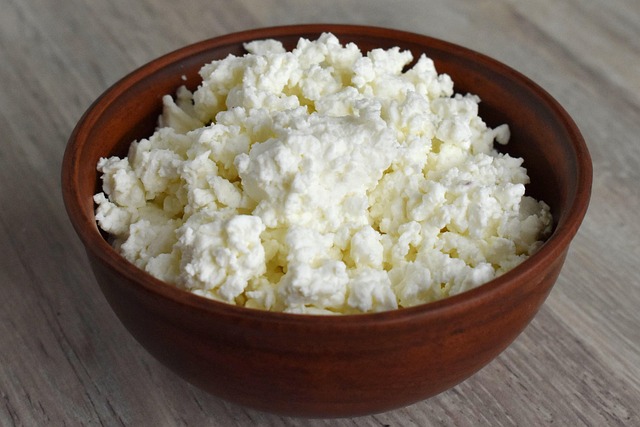
If you had a particularly early breakfast, and lunch is still a few hours away, you might feel like having a mid-morning snack. This is the perfect time to add to your daily protein intake without additional calorie-heavy elements. The nutritionist recommends snacking on a protein bar, boiled eggs, or cottage cheese. These options will provide you with around 10 to 15 grams of protein per serving. These convenient little snacks should keep you going until lunch and are a neccesary addition to your high-protein diet.
A Balanced Lunch
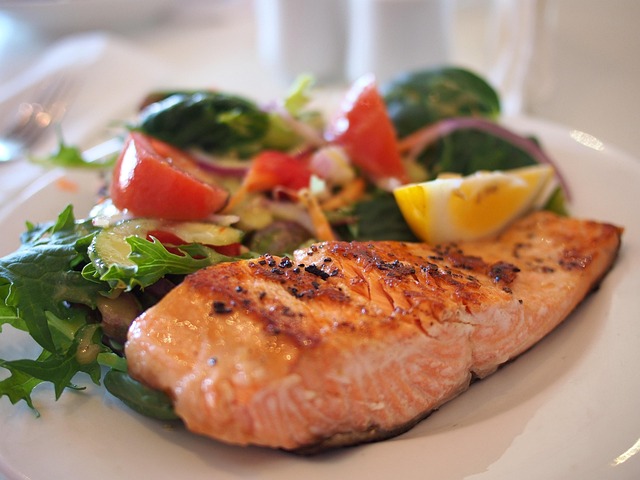
Lunch plays an important role in sticking to a healthy eating plan. You should aim for a lunch option that is rich in protein and offers a well-balanced selection of ingredients. The nutritionist recommends making a bowl with a combination of grilled chicken, avocado, quinoa, and a colorful combination of vegetables. How much chciken should you add to your meal, though? Nutritionist Emily English says, “I use about 120g of cooked chicken breast, which gives around 30g of protein on its own.” If you are a vegan or vegetarian, you can substitute the chicken with tofu, lentils, or chickpeas.
Read More: 10 High Protein Foods to Eat For Breakfast, According to Dieticians
Afternoon Refuel Snack
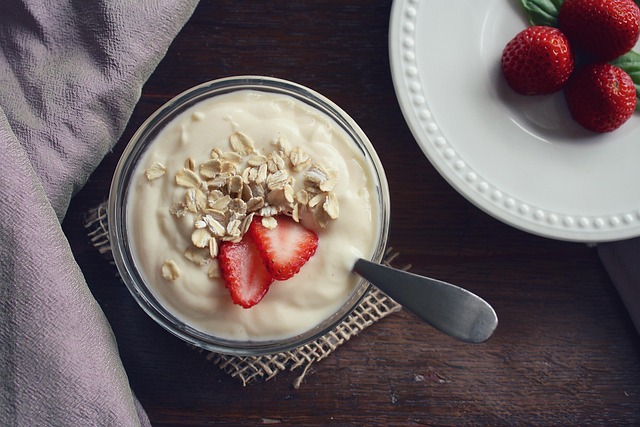
The period between lunch and dinner is an important time to focus on keeping your energy levels stable and your protein intake on track. It’s typically quite tempting to just indulge in a packet of potato chips or a sugary snack, but these are not sustainable. Rather, choose something that contains healthy fats and is rich in protein. The nutritionist suggests rather going for something like plain yogurt sprinkled with chia seeds, a cup’s worth of edamame, or a blend of protein shake and almond milk. Another great option is a handful of mixed nuts. These options will typically provide you with around 10 to 12 grams of protein per serving.
Dinner
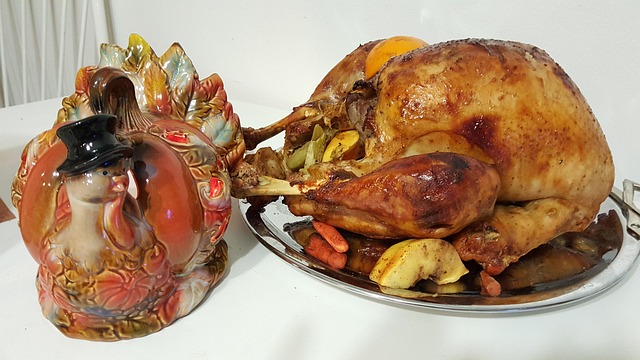
Dinner is a great time to round out your daily requirements with a clean, lean source of protein. Turkey breast or grilled fish are ideal options for dinner. Alternatively, there are plant-based options such as tofu or lentils that will provide nutrition with excessive amounts of fat. To ensure you are getting a complete amino acid profile, add vegetables and whole grains, such as barley, brown rice, or quinoa. If your dinner is well-balanced, it should provide you with around 25 to 30 grams of protein. This will support muscle repair as well as overnight recovery. Emily personally recommends Thai prawn meatballs with a peanut and yogurt dressing, adding “Prawns are quick to cook, packed with lean protein.”
Supplementing with Protein Shakes
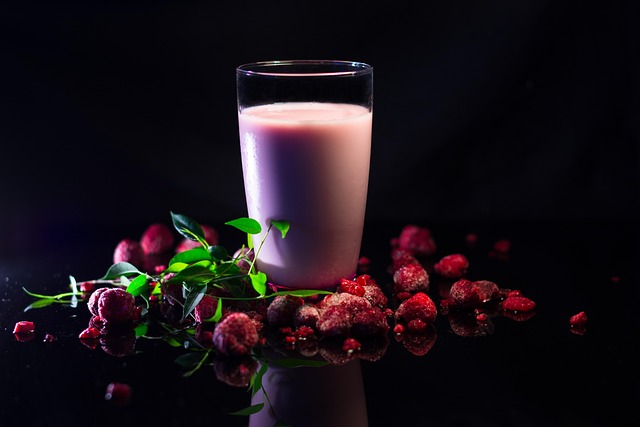
There are times when you may not be able to prepare a meal, or you can’t dash off to the store during work. Or maybe you have just finished a workout, and it’s still a few hours away from your next meal. This is a great time to have a protein shake. Try to find a high-quality protein shake made from pea, whey, or brown rice protein, containing at least 15 to 25 grams per serving. There are many protein shakes of varying quality on the market, so also make sure to read the labels. Look for options that don’t have artificial flavors and added sugars.
The Bottom Line on High-Protein Diets

Getting 100 grams of protein each day may seem difficult at first. However, with careful planning and balanced selections, getting your daily protein requirements becomes an easily attainable goal. Starting with a protein-rich breakfast, choosing smart snacks, and finishing with a fulfilling dinner, you support everything from energy levels to metabolism and mood. Being mindful of your daily protein intake can have a significant impact on how you feel, function, and recover. It’s more than simply about fitness and gaining muscle; it’s about your overall wellness.
